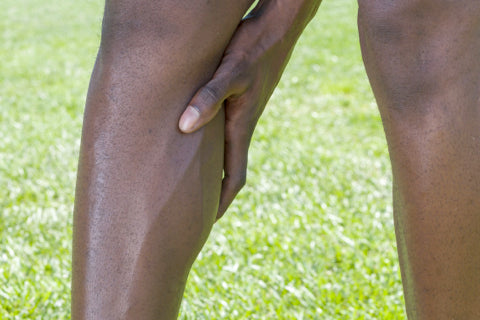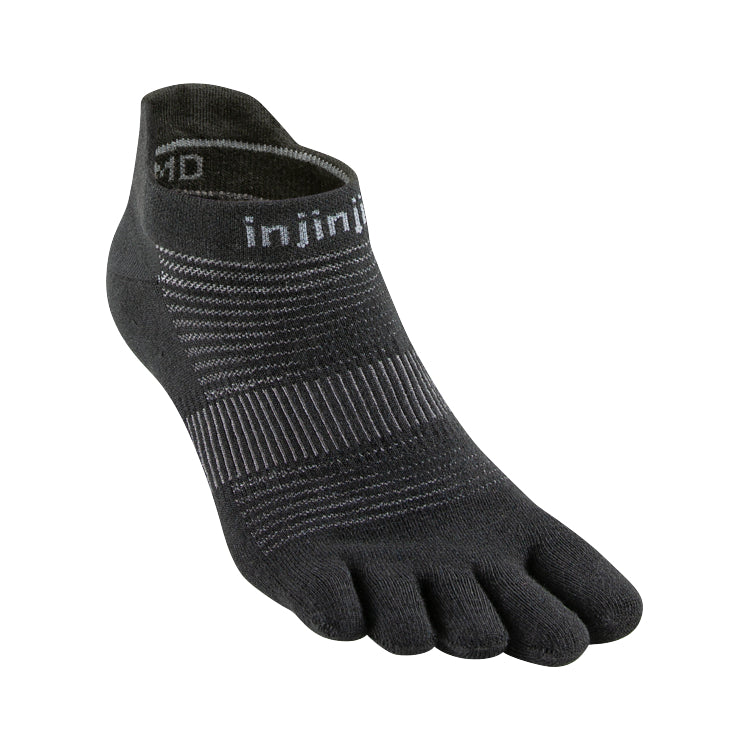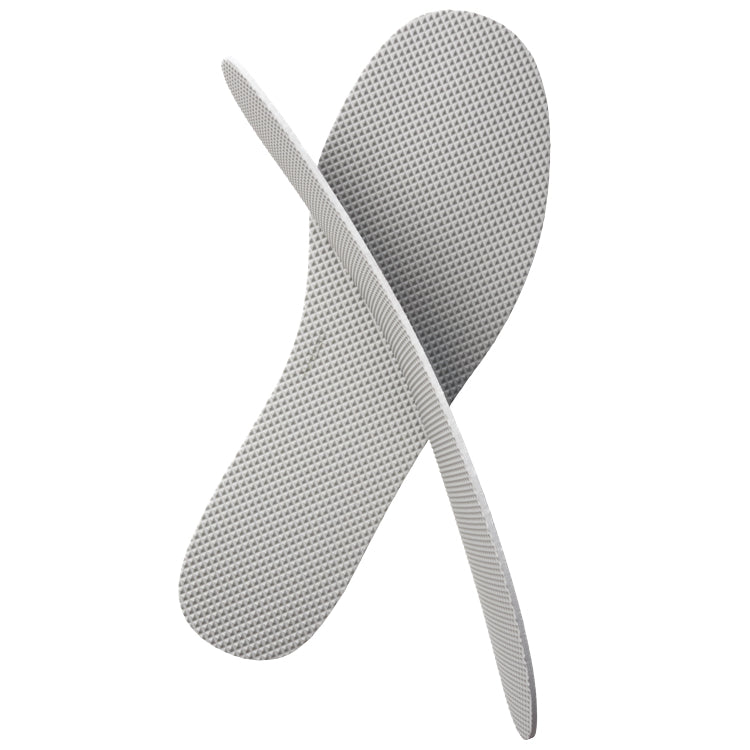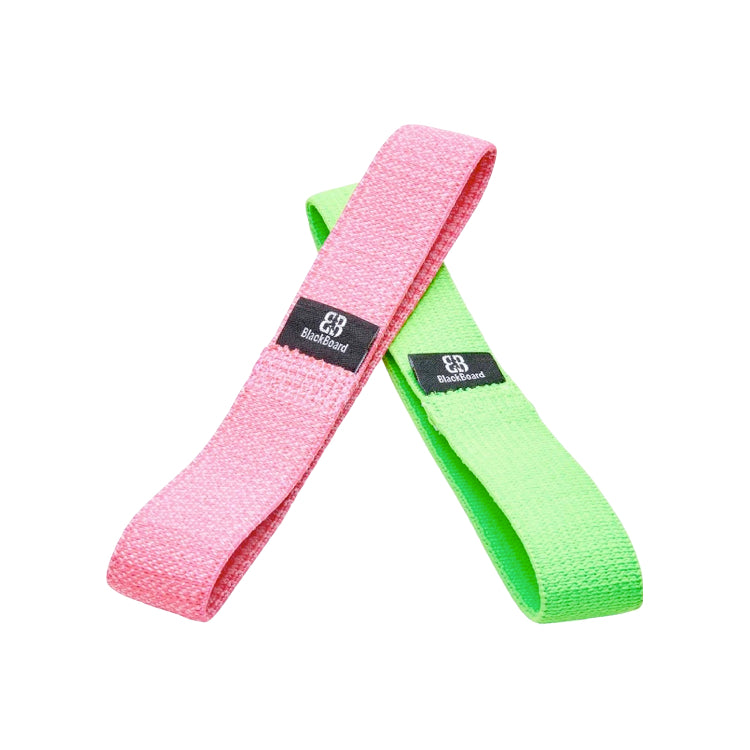
Definition
Achilles Tendinosis: Degeneration of a portion of the Achilles tendon, leading to swelling and pain.
General Info
The Achilles tendon is a strong cord made of fibrous connective tissue that attaches the calf muscle group to the calcaneus, or heel bone. The Achilles tendon is located at the lower end of the calf, and it is the continuation of the gastrocnemius and soleus muscles. This tendon is one of the strongest tendons in the body and is essential for performing many occupational and recreational activities, especially athletic activities.
Achilles tendinosis (a condition commonly—though erroneously—referred to as Achilles tendinitis) involves swelling and pain in the Achilles tendon. MRI studies reveal that this condition involves collagen degeneration in the affected area, not inflammation, as has been previously thought. This health problem can affect any part of the Achilles tendon, though it most commonly arises at the point where the Achilles tendon attaches to the heel bone (or less than 1 inch above this point).
Shoes that continuously rub on the back of the heel may irritate the Achilles tendon and heel bone, causing a condition known as pump bump. The pain or discomfort experienced with a pump bump can only be relieved by addressing the underlying source of the problem: footwear. Shoes that are too short in heel-to-toe length and shoes in which the heel counter—the rounded, cup-shaped part of the shoe that covers the back of the heel—does not match the shape of the heel may cause a pump bump. Excessive motion of the heel bone during walking and other activities may also be a factor in this health problem.
Signs & Symptoms
Common signs and symptoms of Achilles tendinosis include:
- Achilles tendon thickening
- Observable changes in gait
- Bone spurs in the affected area
- Extreme pain in the affected area the day following exercise
- Chronic, or long-term, swelling in or around the Achilles tendon
- Pain and stiffness along the Achilles tendon that is worse in the morning and with activity
Possible Causes
Some of the most common causes of (or factors that contribute to) Achilles tendinosis include:
- Certain antibiotics and corticosteroids
- Age, gender, weight, foot shape, and gait
- Conventional footwear (and foot position within the shoe)
- A rapid transition from running shoes with heel elevation to racing flats or spikes
- Arthritis and bone spurs (more common in middle-aged individuals and seniors)
- Tight calf muscles (especially the deep flexor muscles at the back of the lower leg)
- A rapid increase in training volume and/or intensity in athletes (i.e., excessive repetitive overload of the Achilles tendon)
Often overlooked as a cause of Achilles tendinosis, we believe, is the role of footwear and foot position within the shoe. The position of the toes, in particular, has a significant effect on the attachment area of the Achilles tendon (this can be visualized—and experienced—by holding the ankle at 90 degrees and repeatedly flexing and extending the toes while observing the attachment point of the Achilles tendon). Toe spring—a toe and foot deforming feature built into most conventional footwear—can cause tensioning in the Achilles tendon and restrict blood flow to the back of the ankle, which is a major cause of tissue degeneration in this area.
Achilles tendinosis caused by a rapid increase in training volume or intensity is called overuse Achilles tendinosis. Transitioning too quickly from shoes with heel elevation (including running shoes and high heels) to shoes with little heel elevation may cause Achilles tendinosis because the Achilles tendon (in some instances) has to stretch up to 3/4 of an inch, due to the contraction of this tendon caused by the prolonged use of high-heeled shoes. The stretching forces that the Achilles tendon experiences in this scenario are often sufficient to cause tendinosis-related signs and symptoms.
Helpful Strategies
The first (and most important) step in the conservative and natural management of Achilles tendinosis involves a move away from conventional footwear and toward foot-health-positive footwear. Avoid toe spring, heel elevation, and tapering toe boxes when selecting footwear. Foot-healthy footwear possesses a toe box that is widest at the ends of the toes and allows all the toes to spread (an action that can be further enabled with the use of Correct Toes and Injinji toe socks). This foot and toe position helps optimize circulation in the foot tissues and encourages a balance in tissue tone between the toe flexor and extensor muscles/tendons.
A slow, gradual transition to men's or women's foot-healthy footwear (and other helpful footgear) is necessary to ensure a successful outcome. This is especially true for individuals accustomed to shoes with heel elevation, and it may take many months to get used to natural foot and toe position. Switching to backless shoes or sandals that place no pressure on the affected area is another good strategy for addressing pump bump.
Using metatarsal pads can also be helpful for individuals with Achilles tendinosis.
Other natural treatments for Achilles tendinosis include the following:
- Rest
- Massage
- Cold laser
- Cryotherapy
- Hydrotherapy
- Physical therapy
- Shockwave therapy
- Therapeutic ultrasound
- Nutritional supplementation
- Temporary activity reduction
- Regenerative injection therapy
- Adoption of a “sensible” training program
- Instrument-assisted soft tissue mobilization (IASTM)
- Key stretching and strengthening (especially eccentric) exercises (e.g., gently lowering the heels below the balls of the feet, sort of like reverse calf raises)
X-rays and MRI can be valuable to see if there is spurring or calcification in the Achilles attachment. In those for whom this is the case, the problem may be made worse by stretching because the bone spurs can traumatize the tendons during the stretch.
Achilles tendinosis is a serious health problem and should be treated immediately to help avoid future complications. Achilles tendinosis, if left untreated, may lead to prolonged pain and scar tissue formation. Scar tissue can decrease Achilles tendon flexibility and increase the likelihood of experiencing a complete rupture (i.e., the tearing of the Achilles tendon away from the heel bone or into two separate pieces).

WANT TO IMPROVE YOUR FOOT HEALTH?
Let the team at Natural Footgear help you! Subscribe to our newsletter for the latest offers and helpful info, and sign up for our FREE email courses on various topics and foot health conditions.
Sign Up →
Want to Improve Your Foot Health?
We are here to help you every step of the way. Get our newsletter for the latest offers and helpful info, and sign up for our FREE email courses on various topics and conditions, including bunions, hammertoes, neuromas, plantar fasciosis, shin splints, ingrown toenails, and more.
Sign Up →
 In this video, Dr. Ray McClanahan, a sports podiatrist at Northwest Foot and Ankle and the inventor of Correct Toes, discusses the most common underlying cause of lower leg pain. Dr. Ray notes that two common design features in conventional shoes act to shorten the muscles at the front of the lower leg: Heel elevation and toe spring. Both features encourage the toes to remain in an extended position over...
Read more
In this video, Dr. Ray McClanahan, a sports podiatrist at Northwest Foot and Ankle and the inventor of Correct Toes, discusses the most common underlying cause of lower leg pain. Dr. Ray notes that two common design features in conventional shoes act to shorten the muscles at the front of the lower leg: Heel elevation and toe spring. Both features encourage the toes to remain in an extended position over...
Read more











